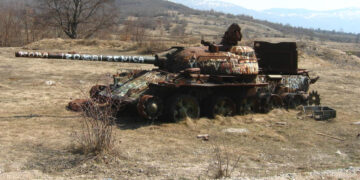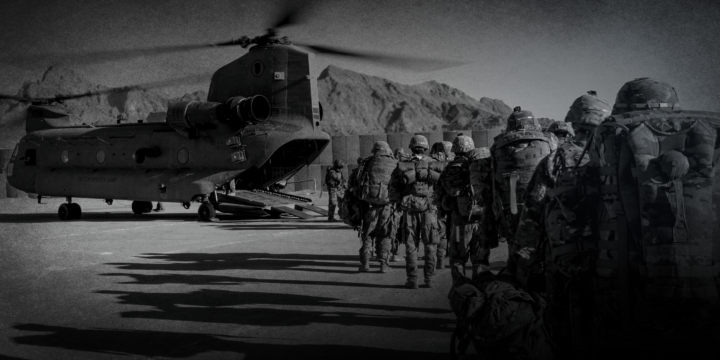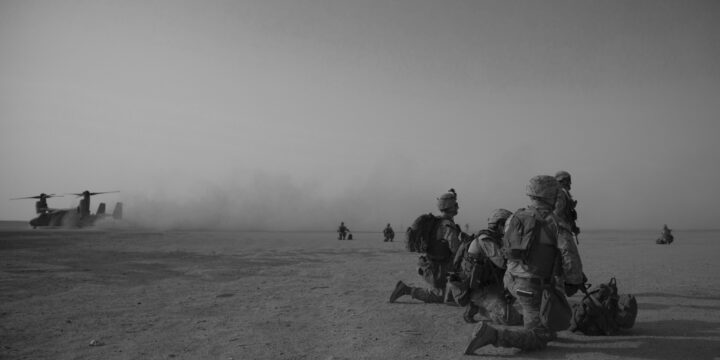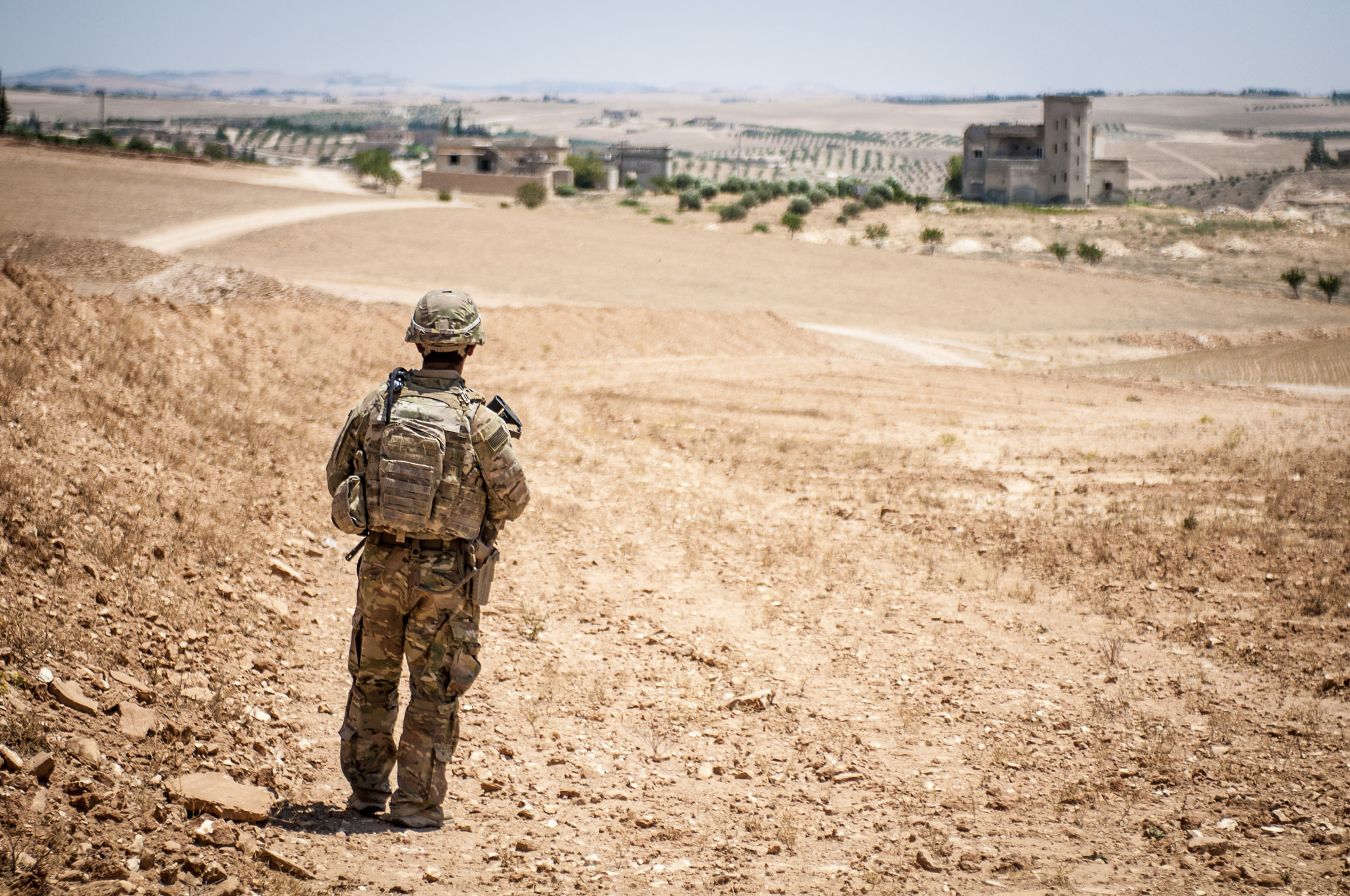
Following the destruction of ISIS’s caliphate, the U.S. had only three options:
- make a clean U.S. exit, allowing the Kurds negotiate with Damascus to restore the pre-war order in Syria;
- turn a portion of Syria over to Turkey, putting the Kurds at risk; or
- keep U.S. forces in Syria indefinitely, risking war with Syria, Iran, Russia, and NATO ally Turkey.
Failing to withdraw U.S. forces left the U.S. in a no-win situation
- A clean exit was the best policy. Instead, U.S. officials discouraged the Kurds from settling with Assad (providing false hope to the Kurds) and saddled U.S. forces with impossible aims: evict Iran, reconstruct to prevent extremism, keep pressure on Assad by aligning with the Kurds, while also pacifying Turkey, somehow.
- These objectives would be overwhelming for even a much larger force, and more important, are not tied to U.S. security. This contradictory policy was always doomed to collapse.
- As its offensive into Syria proves, Turkey remains committed to clearing out perceived threats from SDF forces near its border. This reality forced the U.S. to choose between: (1) risking war with Turkey or (2) moving U.S. forces out of harm’s way.
- As lamentable as the abruptness of this week’s decision was, the critical mistake was failing to withdraw U.S. forces after defeating ISIS’s caliphate. Full exit remains uncertain, but U.S. problems compound and risks increase the longer we delay.
The U.S.-Kurdish partnership of mutual benefit, convenience
- U.S. interests aligned with the Kurds to form a narrow partnership: to defeat ISIS’s caliphate, not to adopt other Kurdish interests, and certainly not to guarantee the Kurds’ security against all their adversaries in the long-term.
- ISIS threatened Kurdish communities (and other local actors) far more than the U.S.—the Kurds benefited most from ISIS’s defeat.
- U.S. airpower, arms, and support enabled SDF ground troops to seize ISIS-held territory—territory it wanted for a future statelet. Kurdish forces spared U.S. ground troops from fighting. This convenient arrangement benefited both parties.
- Attempting to keep Turkish forces from the Kurds comes with grave risk, as Turkey’s incursion shows. Even riskier would be to attempt to provide cover for an independent Kurdish entity.
- A sustained U.S. presence encouraged the Kurds to insist on virtual autonomy—rather than protection—from Damascus, believing the U.S. would hold back Turkey. U.S. withdrawal would make a deal with the Syrian government more likely.
Disentangle the U.S. from Syria’s civil war and the region’s violent disputes
- A continuing U.S. presence in Syria is reckless. Rather than force local actors to bear the costs of establishing order and facilitate the nation’s reconstruction, U.S. officials have ignored ground realities and unwisely assumed those burdens.
- Should the conflict between Turkey and the Kurds expand, U.S. troops there could get caught in the crossfire or pulled into war with some other local power or nuclear superpower Russia.
- The recent reshuffling pulled 50–150 U.S. soldiers from northern Syria, but no U.S. forces left the country—that should change. The U.S. should acknowledge our anti-ISIS mission ended and execute a full, orderly withdrawal of all U.S. forces from Syria.
- The Syrian regime, along with Iran and Russia, would be forced to take responsibility for ISIS prisoners currently held by the Kurds, and establish order over northeast Syria, preventing the terrorist group’s resurgence. Leaving Syria is no favor to them.
- The U.S. can use non-military leverage to pressure our NATO ally Turkey, providing at least some protection to the Kurds, and warn the Kurds that all U.S. troops will leave soon. That will allow them to prepare and negotiate the pre-war status quo with Damascus: the Syrian government guards the nation’s borders and keeps Turkey at bay; the Kurds concede their autonomy but maintain their militias for self-defense.
More on Middle East
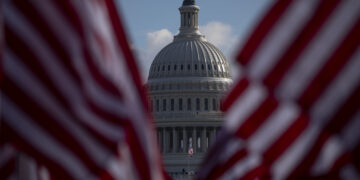
op-edGrand strategy, Alliances, Asia, Burden sharing, China, Europe and Eurasia, Global posture, Middle East
December 28, 2024

By Daniel Davis
December 20, 2024



